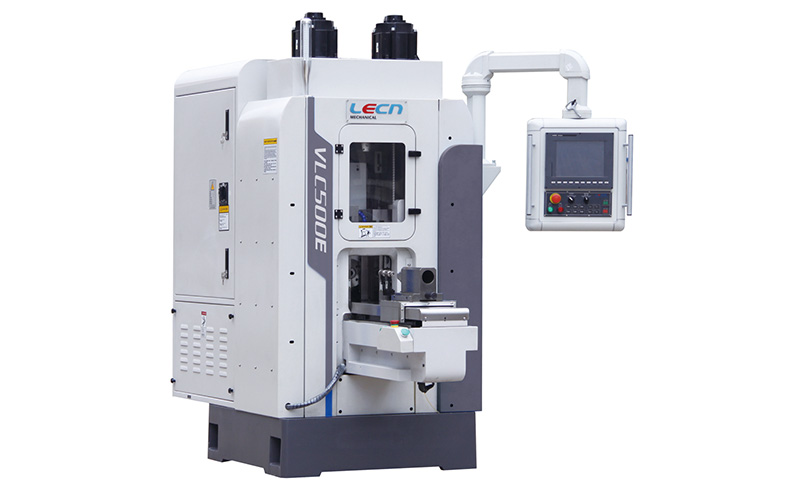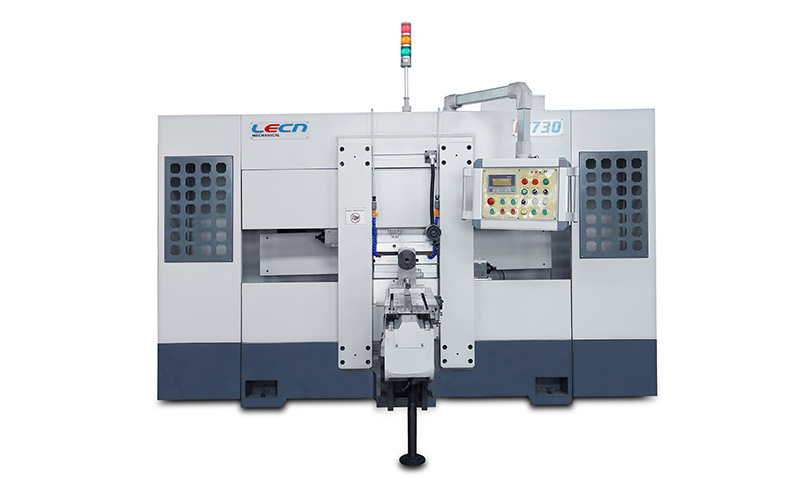Feb. 29, 2024
In the realm of industrial machinery, precision and efficiency are paramount. When it comes to metalworking processes, the choice between vertical rolling machines and horizontal rolling machines can significantly impact productivity, quality, and overall workflow. In this comprehensive guide, we delve into the nuances of these two types of rolling machines, highlighting their distinct features, applications, and benefits.

Vertical rolling machine as the name suggests, operate with a vertical orientation, where the workpiece is clamped and manipulated vertically between rollers. These machines are renowned for their versatility and ability to handle a wide range of materials and thicknesses. The vertical configuration allows for precise control over the shaping and bending process, making them ideal for applications that demand intricate and complex shapes.
Vertical Orientation: The vertical setup enables efficient material handling and facilitates seamless integration into existing production lines.
Multi-Axis Control: Many vertical rolling machines boast multi-axis control capabilities, allowing for precise manipulation of the workpiece from various angles.
Adjustable Rollers: Adjustable rollers accommodate different material thicknesses and help achieve desired curvature and geometry.
High Precision: Vertical rolling machines are known for their high precision, making them suitable for applications that require tight tolerances and superior surface finishes.
Automotive Industry: Vertical rolling machines play a crucial role in the fabrication of automotive components such as chassis frames, body panels, and exhaust systems.
Aerospace Sector: In the aerospace industry, these machines are utilized for forming structural components, aircraft skins, and wing sections.
Architectural Fabrication: Vertical rolling machines are employed in architectural metalwork for creating decorative elements, structural supports, and facades.

In contrast, horizontal rolling machine feature a horizontal orientation, where the workpiece is fed horizontally between rollers for shaping and bending. While they may not offer the same level of versatility as their vertical counterparts, horizontal rolling machines excel in specific applications that require high-volume production and repetitive tasks.
Horizontal Feeding: The horizontal feeding mechanism facilitates continuous processing of long workpieces, making them suitable for mass production.
Rapid Cycling: Horizontal rolling machines are designed for rapid cycling, minimizing idle time and maximizing throughput.
Simplified Setup: These machines often feature straightforward setup procedures, enabling operators to quickly switch between different jobs.
Heavy-Duty Construction: Horizontal rolling machines are built to withstand heavy-duty operation, ensuring durability and reliability in demanding industrial environments.
Pipe and Tube Manufacturing: Horizontal rolling machines are extensively used in the production of pipes, tubes, and conduits for various industries including plumbing, construction, and infrastructure.
Roll Forming: In roll forming processes, horizontal rolling machines are employed to continuously shape metal coils into desired profiles for applications such as roofing, cladding, and fencing.
Mass Production: Industries that require high-volume production of standardized components, such as furniture manufacturing and appliance production, benefit from the efficiency of horizontal rolling machines.
When selecting between a vertical rolling machine and a horizontal rolling machine, it's essential to consider the specific requirements of your application, production volume, and desired output. While vertical machines offer versatility and precision for complex shaping tasks, horizontal machines excel in high-volume, repetitive production environments.
Complexity of Parts: Evaluate the complexity of the parts you need to produce and choose a machine that can accommodate the required geometries and tolerances.
Production Volume: Determine the anticipated production volume to select a machine that can meet your throughput requirements without sacrificing quality or efficiency.
Material Characteristics: Consider the properties of the materials you'll be working with, including thickness, ductility, and strength, to ensure compatibility with the chosen machine.
In conclusion, the choice between vertical and horizontal rolling machine hinges on factors such as application complexity, production volume, and material characteristics. Both types of machines offer distinct advantages and are suited to different manufacturing environments. By understanding the unique features and applications of each, you can make an informed decision that optimizes productivity and enhances the quality of your metalworking processes.
If you are interested in sending in a Guest Blogger Submission,welcome to write for us!
All Comments ( 0 )